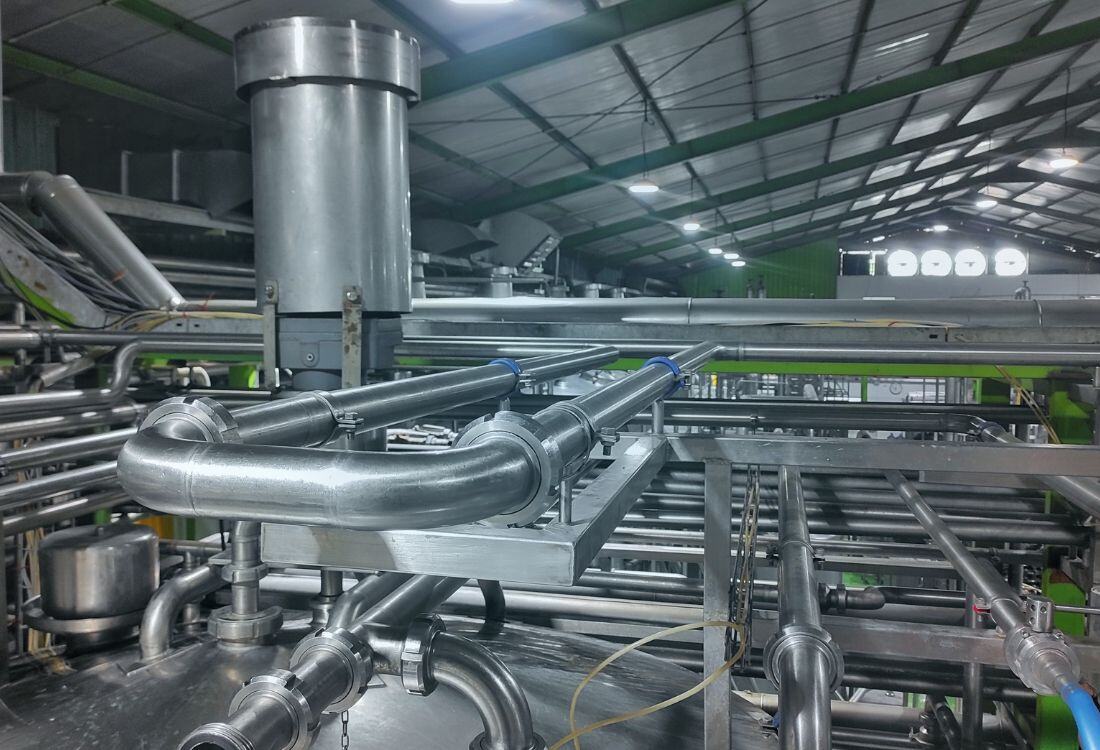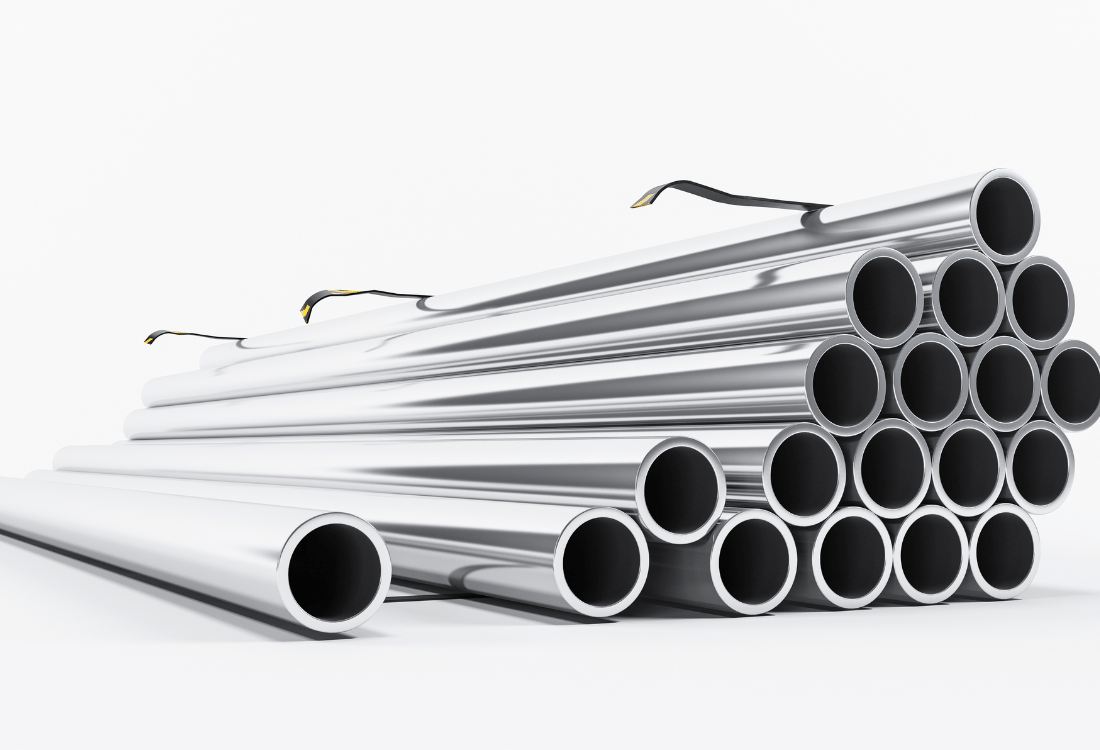Ensuring Effective Cleaning
Spray device testing is a crucial process in the pharmaceutical industry to ensure that clean-in-place (CIP) systems effectively clean all areas of a vessel. By ensuring proper spray device coverage, manufacturers can maintain high standards of cleanliness and prevent contamination in their production processes.
.webp?width=600&height=400&name=Riboflavin%20Testing%20(1).webp)
Frequently Asked Question
The purpose of riboflavin testing is to determine the effectivity of the spray-devices fitted to your equipment. It uses riboflavin solution – vitamin B2 – which fluoresces brightly under a UV light.
The internal surfaces of your equipment are sprayed with riboflavin solution and inspected with a UV light to ensure full coverage. A standard CIP cycle is then carried out – with water. This should be performed at the flow-rate, pressure and time that future cycles would be subject to. The internal surfaces are inspected with UV light again – to determine that all traces of riboflavin have been successfully washed away. Areas that were not cleaned sufficiently are noted in our report. It may be necessary to modify the CIP cycle and/or spray-device in order to clean the equipment 100%.
Please note; as per ASME BPE – “The test is not intended to demonstrate cleanability, but rather the ability to deliver cleaning solutions to the target surfaces.”
Yes. Riboflavin solution is a natural product – vitamin B2 and is fully water soluble. In most cases, we use the client’s own circulation equipment and water to carry out the work. If required, we can bring our own pumps (with variable speed drives) to replicate the flow/pressure of the proposed system.
Ordinarily, just the once – as part of the Factory Acceptance Testing (FAT) prior to commissioning. It is sometimes requested years into service after issues with the CIP cycle is identified. This can often help to identify wear-and-tear or misalignment of the spray-devices.
Speak To An Expert
Submit A Question Or Enquiry And Speak To One Of Our Experts To Find Out More!
Submit an enquiry with your question, to give us a brief or to request a call back from one of our experts.
When you get in touch with INOX:
We'll contact you back as soon as we are able to
We'll always aim to provide 'best advice' for your business
We offer a free initial consultation
Your information is treated in the strictest confidence
You can ask us for advice or help on any or all of the following:
- Passivation
- Derouging
- Oxygen Cleaning
- Biofilm Removal
- Riboflavin Testing
- Pre-Commissioning Flushing
- Carbon Steel Pickling
Simply confirm your details on the form provided and we'll be in touch ASAP. We look forward to hearing from you!
From Our Blog

Benefits Of Stainless Steel Pickling In The Power Generation Industry

Rouge Types: What Are The Three Main Classes Of Rouge?

